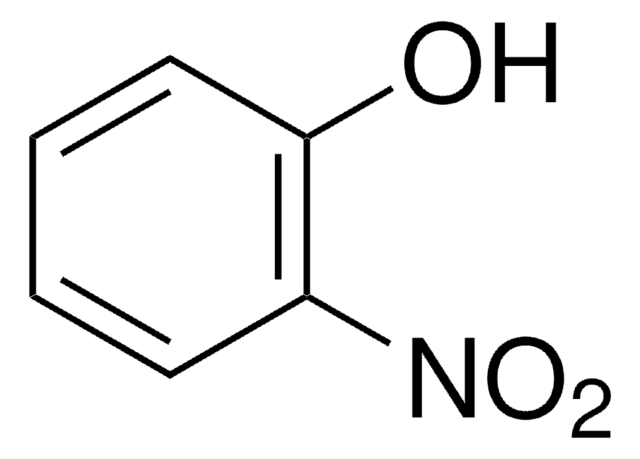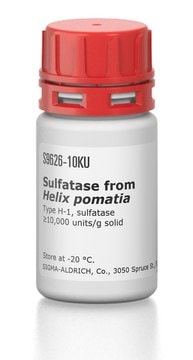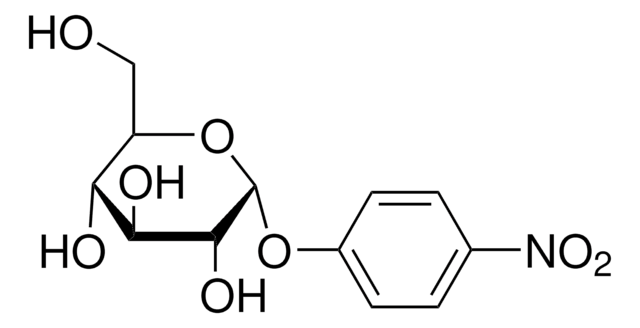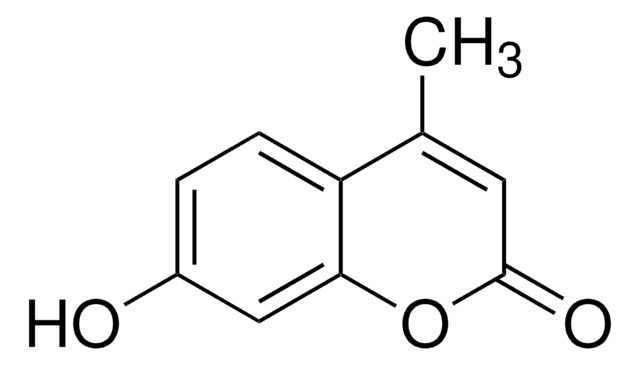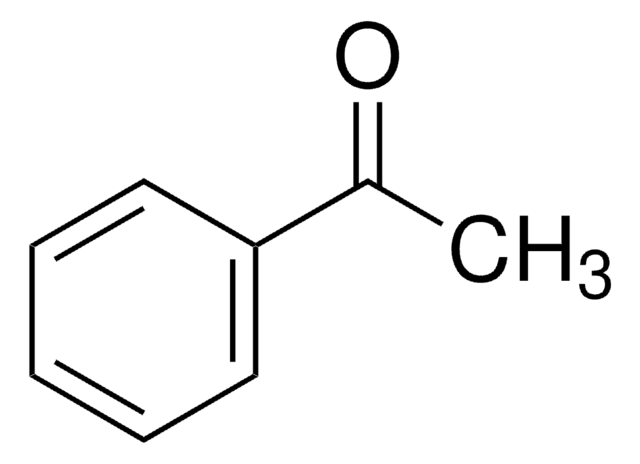About This Item
Recommended Products
grade
analytical standard
vapor pressure
0.6 mmHg ( 120 °C)
CofA
current certificate can be downloaded
autoignition temp.
541 °F
packaging
ampule of 5000 mg
technique(s)
HPLC: suitable
gas chromatography (GC): suitable
bp
279 °C (lit.)
mp
110-115 °C (lit.)
solubility
H2O: soluble 15 g/L
application(s)
environmental
format
neat
storage temp.
2-30°C
SMILES string
O=N(C1=CC=C(O)C=C1)=O
InChI
1S/C6H5NO3/c8-6-3-1-5(2-4-6)7(9)10/h1-4,8H
InChI key
BTJIUGUIPKRLHP-UHFFFAOYSA-N
Gene Information
human ... UGT1A4(54657)
Looking for similar products? Visit Product Comparison Guide
Application
signalword
Warning
hcodes
Hazard Classifications
Acute Tox. 4 Dermal - Acute Tox. 4 Inhalation - Acute Tox. 4 Oral - STOT RE 2 Oral
target_organs
Kidney,Liver
Storage Class
6.1C - Combustible acute toxic Cat.3 / toxic compounds or compounds which causing chronic effects
wgk_germany
WGK 2
flash_point_f
336.2 °F - closed cup
flash_point_c
169.0 °C - closed cup
ppe
dust mask type N95 (US), Eyeshields, Faceshields, Gloves
Choose from one of the most recent versions:
Already Own This Product?
Find documentation for the products that you have recently purchased in the Document Library.
Customers Also Viewed
Our team of scientists has experience in all areas of research including Life Science, Material Science, Chemical Synthesis, Chromatography, Analytical and many others.
Contact Technical Service

